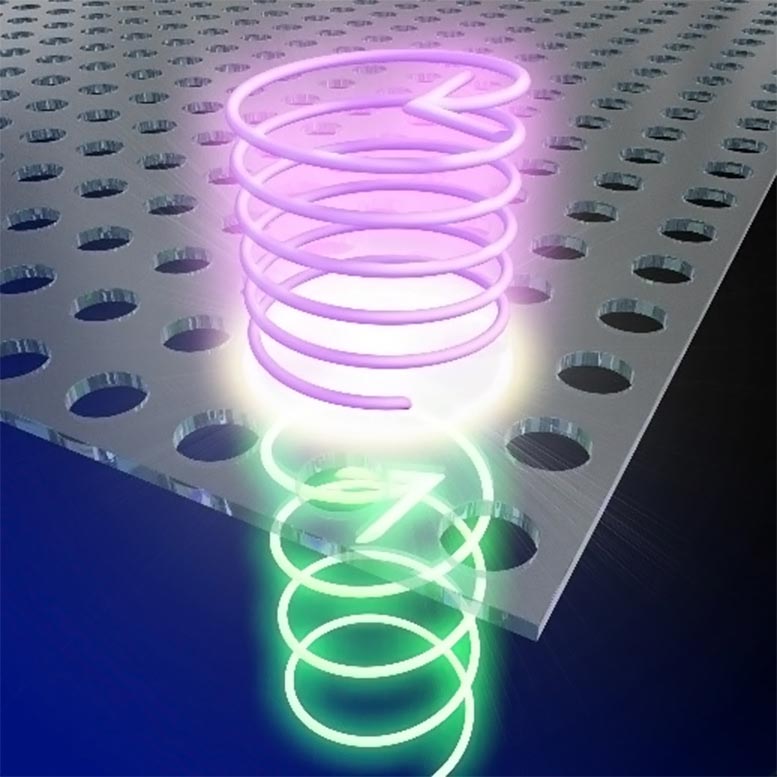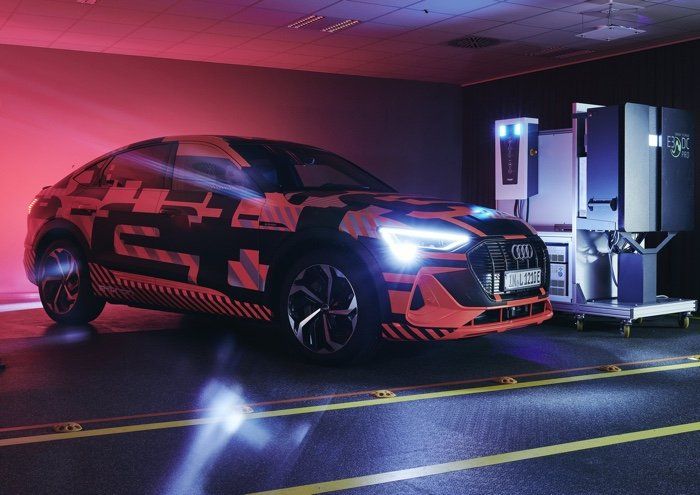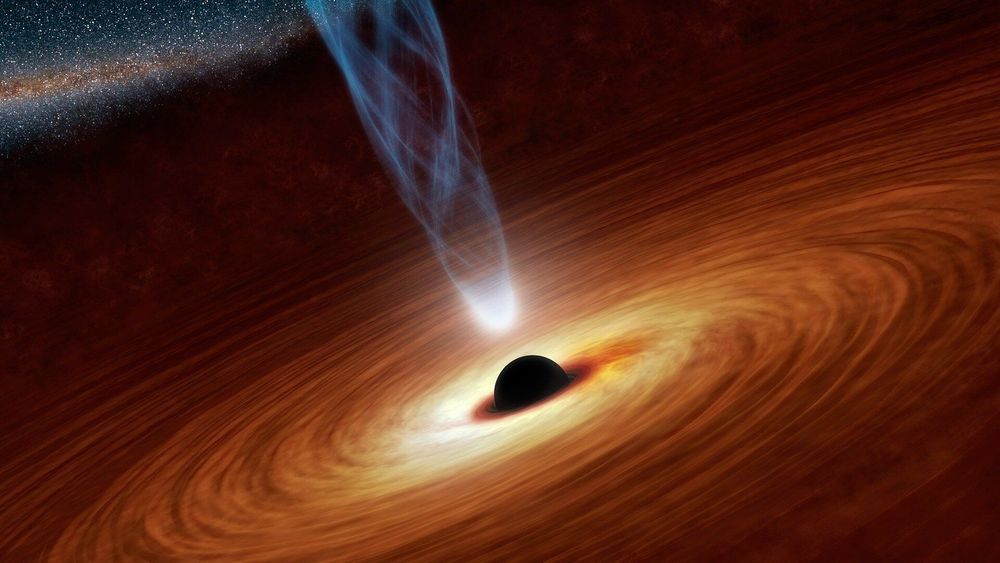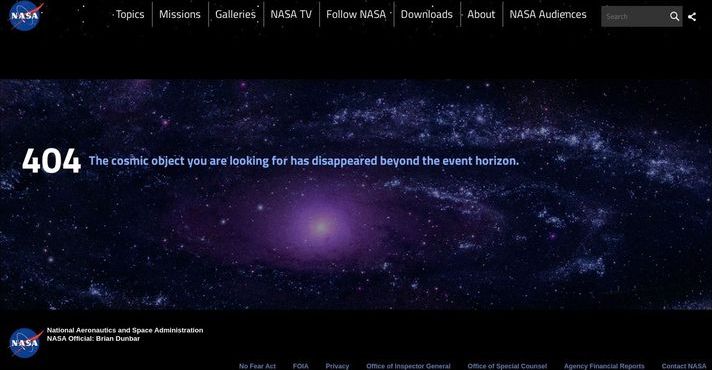Page 6272
Jul 26, 2020
DeepMind’s Newest AI Programs Itself to Make All the Right Decisions
Posted by Genevieve Klien in categories: information science, robotics/AI
In a new paper, DeepMind describes an AI algorithm that was able to discover a critical programming rule in deep reinforcement learning from scratch.
Jul 26, 2020
Dive Deep Into Hidden World of Quantum States to Find Silicon’s Successor in Race Against Moore’s Law
Posted by Genevieve Klien in categories: materials, quantum physics
Discovery by scientists at Berkeley Lab, UC Berkeley could help find silicon’s successor in race against Moore’s Law.
In the search for new materials with the potential to outperform silicon, scientists have wanted to take advantage of the unusual electronic properties of 2D devices called oxide heterostructures, which consist of atomically thin layers of materials containing oxygen.
Scientists have long known that oxide materials, on their own, are typically insulating – which means that they are not electrically conductive. When two oxide materials are layered together to form a heterostructure, new electronic properties such as superconductivity – the state in which a material can conduct electricity without resistance, typically at hundreds of degrees below freezing – and magnetism somehow form at their interface, which is the juncture where two materials meet. But very little is known about how to control these electronic states because few techniques can probe below the interface.
Jul 26, 2020
New Photonic Crystal Light Converter: Powerful Tool for Observation in Physics and Life Sciences
Posted by Genevieve Klien in categories: biotech/medical, chemistry, nanotechnology

Spectroscopy is the use of light to analyze physical objects and biological samples. Different kinds of light can provide different kinds of information. Vacuum ultraviolet light is useful as it can aid people in a broad range of research fields, but generation of that light has been difficult and expensive. Researchers created a new device to efficiently generate this special kind of light using an ultrathin film with nanoscale perforations.
The wavelengths of light you see with your eyes constitute a mere fraction of the possible wavelengths of light that exist. There’s infrared light which you can feel in the form of heat, or see if you happen to be a snake, that has a longer wavelength than visible light. At the opposite end is ultraviolet (UV) light which you can use to produce vitamin D in your skin, or see if you happen to be a bee. These and other forms of light have many uses in science.
Jul 26, 2020
‘Meat of the future’: KFC to ‘3D bioprint’ meat using ‘animal flesh cells’
Posted by Brent Ellman in categories: 3D printing, bioprinting, food
It’s happening…
MOSCOW — KFC has partnered with a Russian bioprinting company to bring 3D printed chicken nuggets to the table.
Coined as the “meat of the future,” the lab-created chicken meat is KFC’s response to the growing interest of healthy lifestyles, the rise in demand for meat alternatives and the increasing need to develop more environmentally friendly methods of food production.
Continue reading “‘Meat of the future’: KFC to ‘3D bioprint’ meat using ‘animal flesh cells’” »
Jul 26, 2020
Scientists propose plan to determine if Planet Nine is a primordial black hole
Posted by Josh Seeherman in categories: cosmology, futurism
Scientists at Harvard University and the Black Hole Initiative (BHI) have developed a new method to find black holes in the outer solar system, and along with it, determine once-and-for-all the true nature of the hypothesized Planet Nine. The paper, accepted to The Astrophysical Journal Letters, highlights the ability of the future Legacy Survey of Space and Time (LSST) mission to observe accretion flares, the presence of which could prove or rule out Planet Nine as a black hole.
Dr. Avi Loeb, Frank B. Baird Jr. Professor of Science at Harvard, and Amir Siraj, a Harvard undergraduate student, have developed the new method to search for black holes in the outer solar system based on flares that result from the disruption of intercepted comets. The study suggests that the LSST has the capability to find black holes by observing for accretion flares resulting from the impact of small Oort cloud objects.
“In the vicinity of a black hole, small bodies that approach it will melt as a result of heating from the background accretion of gas from the interstellar medium onto the black hole,” said Siraj. “Once they melt, the small bodies are subject to tidal disruption by the black hole, followed by accretion from the tidally disrupted body onto the black hole.” Loeb added, “Because black holes are intrinsically dark, the radiation that matter emits on its way to the mouth of the black hole is our only way to illuminate this dark environment.”
Jul 26, 2020
NASA: Possibly the most interesting thing I’ve discovered about our universe
Posted by Josh Seeherman in category: cosmology
It’s legitimately an intergalactic reservoir.
Astronomers, including a team led by Matt Bradford of JPL, found a feeding black hole soaking in water vapor.
Jul 26, 2020
APOD: 2020 July 25 — Tianwen 1 Mission to Mars
Posted by Alberto Lao in category: space travel
APOD: Tianwen-1 Mission to Mars (2020 Jul 25)
Image Credit & Copyright: Jeff Dai (TWAN)
A different astronomy and space science related image is featured each day, along with a brief explanation.
Jul 26, 2020
Novel Drug Delivery Particles Use Neurotransmitters as a ‘Passport’ Into the Brain
Posted by Genevieve Klien in categories: bioengineering, biotech/medical, nanotechnology, neuroscience
Summary: Tufts researchers have developed neurotransmitter-lipid hybrids that help transport therapeutic drugs and gene editing proteins across the blood-brain barrier in mice.
Source: Tufts University
Biomedical engineers at the Tufts University School of Engineering have developed tiny lipid-based nanoparticles that incorporate neurotranmitters to help carry drugs, large molecules, and even gene editing proteins across the blood-brain barrier and into the brain in mice. The innovation, published today in Science Advances, could overcome many of the current limitations encountered in delivering therapeutics into the central nervous system, and opens up the possibility of using a wide range of therapeutics that would otherwise not have access to the brain.
Jul 26, 2020
Audi is testing out bidirectional charging technology for electric vehicles
Posted by Kelvin Dafiaghor in categories: energy, sustainability, transportation
Interesting.

Audi has announced that it is testing out bidirectional charging technology for electric cars, this would incorporate the electric car into the domestic power grid and could provide additional power to the grid when not in use.
Continue reading “Audi is testing out bidirectional charging technology for electric vehicles” »















